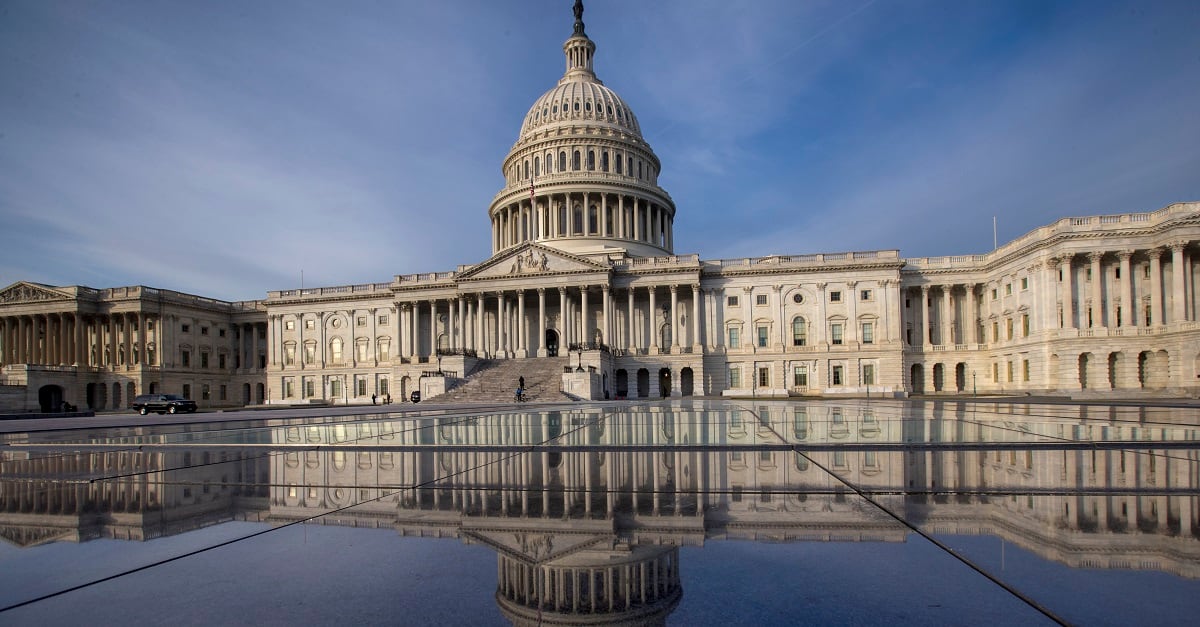Lawmakers recently approved the biggest military pay raise in eight years, and next year’s pay hike will likely be even higher.
But that doesn’t mean advocacy groups are ready to celebrate.
“We’ll be keeping military pay at the forefront of our lobbying efforts next year,” said retired Army Col. Mike Barron, director for policy and advocacy at the Military Officers Association of America. “We’ve seen positive progress in recent years, and we want to make sure it stays there.”
Starting Jan. 1, servicemembers will see a 2.4 percent hike in their paychecks, only the second time since 2010 that the raise has topped 2 percent. It matches the federal formula for the growth in private-sector wages and means a boost of about $680 a year for the younger enlisted ranks and about $1,080 a year for more senior enlisted and junior officers.
It’s the second year in a row that the military pay raise has matched the expected growth in private-sector wages, after Congress twice overrode White House and Pentagon requests for a pay boost slightly below that formula.
Military planners have argued the lower pay hikes are a sensible way to cut personnel costs without jettisoning people or needed training. But groups like MOAA have long bemoaned those kinds of trims, saying they hurt military families’ purchasing power by failing to ensure salaries keep up with cost of living increases.
Between 2010 and 2016, MOAA estimates, the pay gap between private-sector wages and military payouts reached about 2.6 percent, a small but significant difference when mid-career servicemembers are considering re-enlistments.
So, lawmakers’ decision to ignore Pentagon requests for the past two years is a significant shift, and potentially an indicator that the 2.6 percent raise troops would expect under federal formulas for January 2019 may face a less difficult path next year.
“I think the Trump administration will stay pretty close to the (formula) in the next budget,” said Todd Harrison, director of defense budget analysis for the Center for Strategic and International Studies.
“They have to realize Congress is opposed to the idea now. And it’s politically difficult to talk about building up the military but cut back on pay raises.”
President Donald Trump has repeatedly promised to increase military spending in coming years, to replenish aging equipment and boost end strength for each of the services. Harrison said adding those funds while skimping on raises for troops sends a conflicted message.
Barron said his group isn’t taking that for granted.
“We know what it took the last two years to get those (full pay raises),” he said. “We were working behind the scenes. So, we have to keep reminding lawmakers if we start down the path of shrinking raises, it’ll start snowballing.”
The fiscal 2019 budget roll-out from the White House — with the next pay raise proposal — is scheduled for February, but that assumes that Congress has settled the fiscal 2018 budget by then. The federal government is currently operating on a continuing resolution scheduled to expire on Jan. 19.
Leo covers Congress, Veterans Affairs and the White House for Military Times. He has covered Washington, D.C. since 2004, focusing on military personnel and veterans policies. His work has earned numerous honors, including a 2009 Polk award, a 2010 National Headliner Award, the IAVA Leadership in Journalism award and the VFW News Media award.




